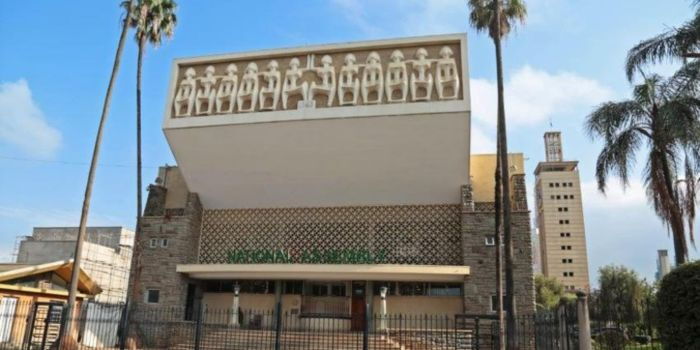Justice Chacha Mwita will in June rule on whether Parliament must remove skeleton carvings at the entrance of the National Assembly and on the Speaker’s seats, following a petition challenging their presence.
John Mweha, a resident of Ndenderu in Kiambu County, has filed the case, arguing that the carvings promote idolatry and occult practices. He also claims the imagery evokes painful memories of colonial oppression and slavery.
According to court documents, Mweha contends that the 12 skeleton carvings at the entrance, particularly two central figures stepping on the year 1963—Kenya’s independence year—symbolise continued subjugation. He argues that such imagery undermines the dignity of the National Assembly.
The petitioner further claims that the carvings may have an unconscious influence on parliamentary proceedings and the decisions made by lawmakers. He suggests that replacing them with symbols representing hope, unity, and patriotism would create a more positive atmosphere.
A photo of the 12 skeleton carvings at the entrace of the National Assembly.
Photo
NA
Mweha also faults Parliament for allegedly installing the carvings without public participation or issuing a gazette notice, calling the move unconstitutional. He maintains that the absence of public input raises concerns about transparency and accountability.
The case lists the Parliamentary Service Commission, National Assembly Speaker Moses Wetang’ula, Senate Speaker Amason Kingi, and the Attorney General as respondents.
Wetang’ula, in his response, has asked the court to dismiss the petition, terming it frivolous, vexatious, and an abuse of the judicial process. He argues that the petition does not establish a clear constitutional violation.
He further asserts that the petition lacks specificity in demonstrating how he, the Parliamentary Service Commission, or Kingi have breached any laws.
The carvings, which have stood at Parliament for years, are part of a larger artistic installation, though their intended symbolism has sparked debate. It remains unclear whether they have faced similar legal challenges in the past.
While the petitioner views the imagery as negative, the National Assembly has not indicated any plans to alter or remove it.
The case raises broader questions about the role of public participation in government decisions and the interpretation of cultural symbols in public spaces.
The court’s decision could set a precedent on how artistic and historical representations in government institutions are handled.
The ruling, expected in June, will determine whether Parliament must remove or retain the carvings.
A photo of the carvings on the National Assembly and Senate Speaker seats in question.
Photo
NA


